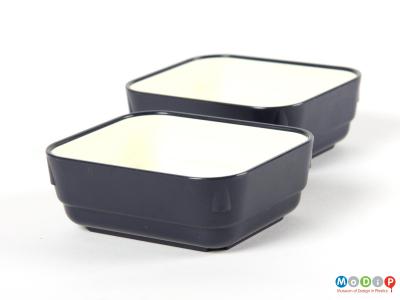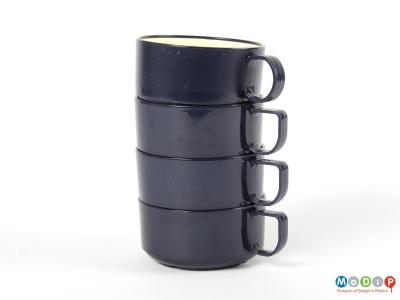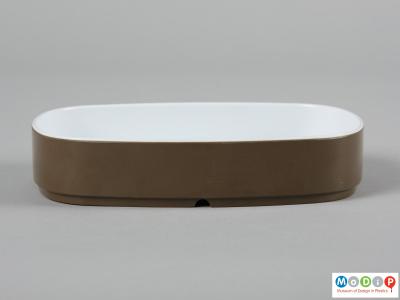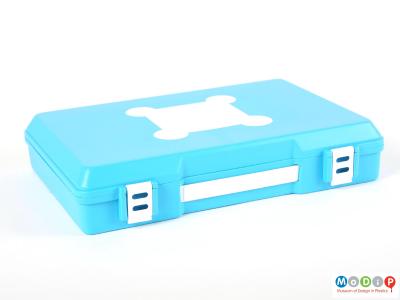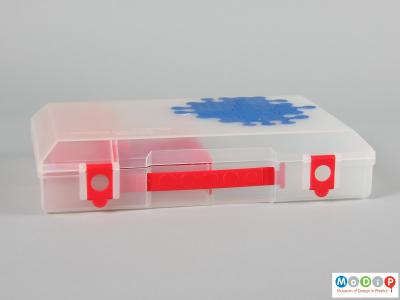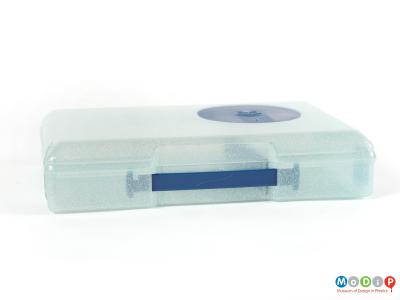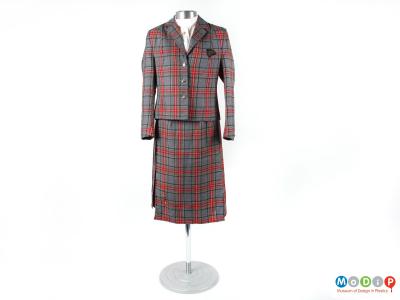Plastics play an important role in powered motion and especially in the air. The use of plastics in Spitfire cockpits in World War II led to the development of acrylics for domestic use. Durable, light weight and corrosion resistant, plastics offer fuel savings, design flexibility and high performance at lower cost whether in the body of the aircraft, its fittings or its accessories.
The first pre-packaged in-flight meal is thought to have been served to passengers travelling with KLM from London to Paris in 1919. In flight meals are now routine and big business: for example Delta alone serves 185,296 meals and 475,000 beverages on average a day.
The materials in which the food is both packaged and served have significant impact on the fuel consumed and, of course plastic utensils, being less sharp are safer than those of metal were there to be a terrorist on board.
Many elegant plastics solutions have been designed. Particularly popular have been the two skin compression moulded melamine vessels (1 - 7) each branded for the airlines in question: BOAC, BEA, Pan AM, and Caledonian.
A recent development is the introduction of bespoke Smart Boxes customised for children or first class passengers. Once the meal is eaten the passenger may keep the box and turn it to a new use. The Emirates box (8) uses rulers to form the compartments, the British Airways box (9) has also a pen holder, and the Saudi Arabian Airlines box (10) has a maze moulded into its base which can be rubbed on to a sheet of paper and then followed.
But passengers remain uncomfortable with plastic. A passenger on a Thomson flight where food had run out found being given a complimentary drink in a plastic glass another source of offence: I wonder what the crew drink out of. And a contented first class passenger on an Air India flight recorded only drawback was the plastic cutlery ... a shame because everything is served on custom-designed Royal Doulton bone china. Thus the clothes of air hostesses tend to be made of natural fabrics as in the case of British Caledonian's pure wool jackets and kilts with synthetic fabrics relegated to practical but less visible parts of the uniform: shirts and unseen linings (11).

